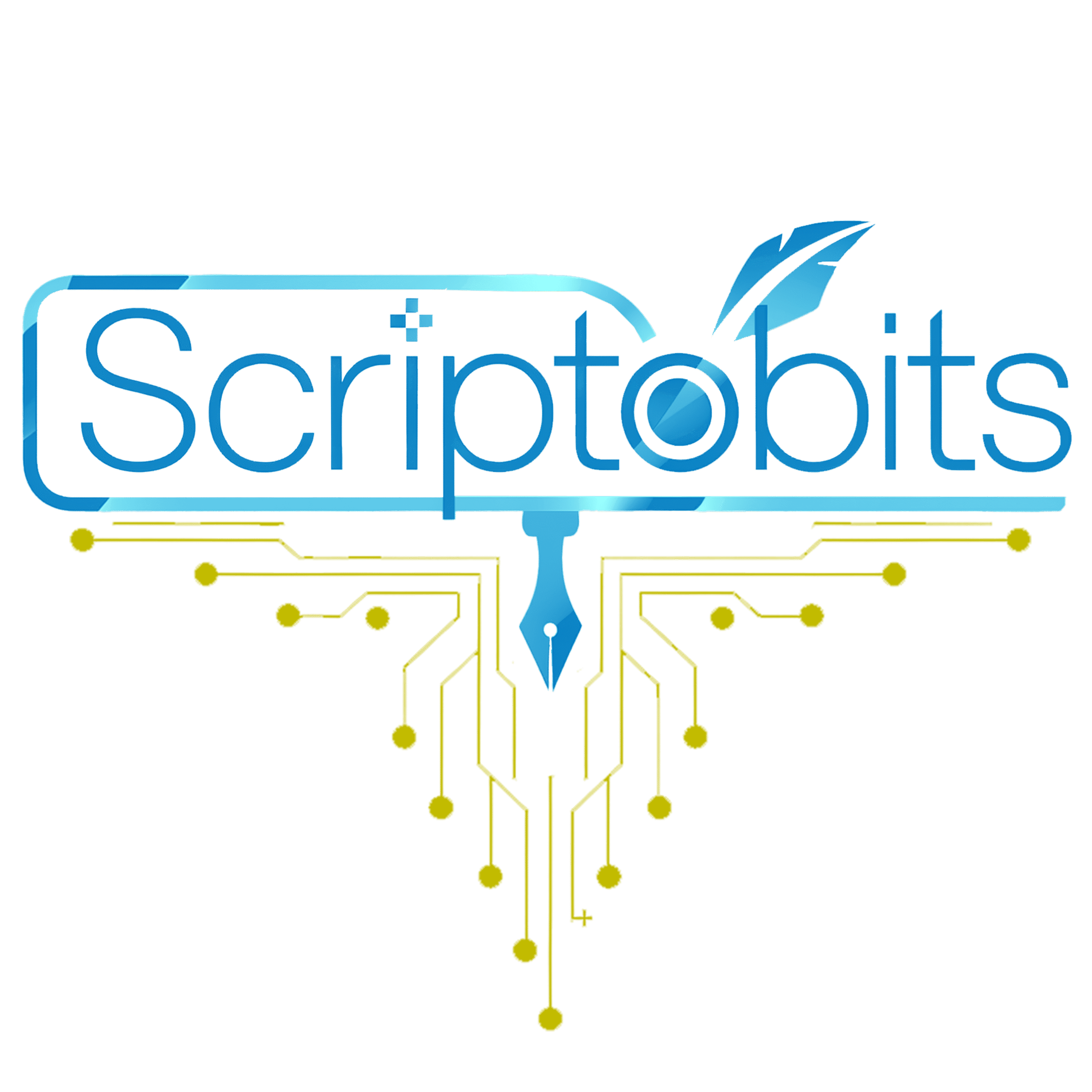Remote Work Re-imagined : How Collaboration Tools are Shaping the Future of Hybrid Teams
The Evolution of Remote Work and Hybrid Teams
The transition to remote and hybrid work arrangements has significantly changed how modern workplaces operate. While remote work existed before the COVID-19 pandemic, the crisis drastically sped up its adoption, shifting it from a short-term measure to a lasting approach for many organizations. Now, businesses across various sectors are embracing hybrid models that combine in-office and remote work, prompting leaders to rethink how teams collaborate, communicate, and meet their objectives.
As these work models become a permanent part of the business landscape, the role of collaboration tools has grown. Platforms such as Zoom, Microsoft Teams, Slack, and Asana have transformed how employees in different locations communicate, organize, and remain productive. These tools offer more than just communication—they provide project management, real-time collaboration, and sophisticated file-sharing features. As we continue to adapt to this new working environment, technology will undoubtedly shape the future of remote and hybrid teams.
Transforming Communication in a Hybrid Workspace
Adapting to the Loss of In-Person Interaction
One of the biggest hurdles of remote work has been the lack of spontaneous, in-person interactions. In a traditional office, casual conversations often occur in hallways, at desks, or during impromptu meetings. Remote work disrupts this dynamic, sometimes leading to feelings of isolation among team members. However, collaboration tools have helped fill this gap by providing virtual environments that foster communication.
Platforms like Slack and Microsoft Teams now serve as replacements for casual office chats, offering real-time messaging, video calls, and file-sharing to keep teams connected. These platforms replicate the « always available » atmosphere of the office, allowing employees to communicate easily, regardless of where they are. Additionally, tools like Zoom and Google Meet have made virtual meetings more engaging, enabling discussions, presentations, and brainstorming sessions to happen as effectively online as they would in person.
Boosting Collaboration Through Real-Time Communication
The true power of modern collaboration tools lies in their ability to support communication beyond text and video. Platforms like Slack enable teams to organize conversations by projects, topics, or departments, keeping communication structured and easy to navigate. They also feature file-sharing and search functions, making it simple to retrieve important documents or discussions.
Virtual meetings have also advanced, incorporating interactive elements such as screen sharing, breakout rooms, and live polls. These features make remote meetings more engaging and collaborative. Screen sharing, for example, allows team members to present ideas, designs, or data in real-time, ensuring that everyone stays aligned.
Managing Projects with a Distributed Workforce
The Need for Structure in Remote Teams
Managing projects in remote and hybrid environments presents unique challenges, such as monitoring progress, meeting deadlines, and ensuring accountability without the physical presence of team members. Project management platforms like Asana, Trello, and Monday.com have become essential in addressing these challenges. These tools provide centralized spaces for planning, task assignment, deadline tracking, and real-time progress monitoring.
This structured approach ensures teams remain focused on their goals and timelines, even when working across different time zones or locations. Project management platforms offer transparency, allowing everyone to see what their colleagues are working on and how far along each task is.
Promoting Accountability and Progress Visibility
A key benefit of project management tools is how they foster accountability. Every team member knows their assigned tasks, and managers can monitor progress without micromanaging. Visual aids like Gantt charts and Kanban boards make it easy to assess a project’s status at a glance.
These tools also help with time management, sending automatic reminders for approaching deadlines or overdue tasks, preventing bottlenecks, and ensuring deliverables are met. By assigning specific tasks to individuals and tracking the time spent on them, these platforms provide valuable data for refining future workflows and optimizing resources.
Real-Time Collaboration and Creativity in Remote Teams
Overcoming the Distance Barrier
Collaboration tools have changed the way teams collaborate and innovate, even when they are not in the same physical space. Modern platforms like Google Workspace and Microsoft 365 enable multiple people to work on the same document or presentation at once, eliminating the need to email drafts back and forth. This ensures real-time updates and faster implementation of changes.
For creative and design teams, tools like Figma, Miro, and Canva have revolutionized how remote collaboration happens. Figma allows designers to co-edit prototypes and wireframes in real time, while Miro’s virtual whiteboard enables teams to brainstorm, map out ideas, and collaborate visually, no matter where they are.
Nurturing Creativity in a Virtual Environment
Creative processes that once relied heavily on in-person collaboration have shifted to virtual spaces. Tools like Miro enable remote brainstorming by providing interactive whiteboards, while Figma allows design teams to co-create in real time. These platforms encourage creative problem-solving and ideation despite the physical distance between team members.
Maintaining Work-Life Balance and Well-Being in Remote Work
Addressing Remote Work Challenges
While remote work offers flexibility, it can also blur the boundaries between professional and personal life, leading to burnout. Collaboration tools are tackling this issue by providing features that support work-life balance. Platforms like Slack and Microsoft Teams allow users to control their availability, sync calendars, and set “do not disturb” periods, helping employees avoid the feeling of being « always on. »
These tools also integrate with calendar apps, making it easier to schedule meetings during working hours, avoiding disruptions to personal time.
Promoting Flexibility with Hybrid Work
Hybrid work models allow organizations to offer flexible working conditions, and collaboration tools play a central role in this flexibility. They enable asynchronous communication, where team members can leave updates and messages even when they’re not online simultaneously, allowing global teams to stay productive without adhering to rigid schedules.
Mitigating Tool Fatigue and Integration Challenges
The Growing Concern of Tool Fatigue
With the increasing reliance on collaboration tools, some employees experience « tool fatigue » from constantly switching between different platforms. This can fragment workflows and reduce productivity. To combat this, businesses should adopt integrated solutions like Slack and Microsoft Teams, which connect seamlessly with other productivity tools like Asana and Google Drive, streamlining communication, task management, and file sharing in one place.
Ensuring Inclusivity and Accessibility
Hybrid work requires inclusivity, ensuring that all employees, whether remote or in-office, have equal access to information. Tools offering screen sharing, virtual whiteboards, and recorded meetings create a more inclusive environment, allowing remote employees to stay involved in important discussions and decisions.
The Future of Collaboration Tools
AI and Machine Learning in Collaboration
As remote work evolves, collaboration tools will become increasingly sophisticated, with artificial intelligence (AI) and machine learning (ML) driving their future capabilities. AI assistants may automate routine tasks such as scheduling meetings or organizing files, freeing up employees for more critical work. Machine learning could analyze team performance and suggest ways to improve workflows or predict potential challenges.
Conclusion: Shaping the Future of Work
Collaboration tools are now indispensable for remote and hybrid teams, enabling them to communicate, manage projects, and collaborate from anywhere. While their rapid adoption brings challenges such as tool fatigue, companies that implement these tools strategically will thrive. As technology advances, these platforms will continue to enhance communication, foster creativity, and support employee well-being, shaping the future of work in an increasingly hybrid world.

